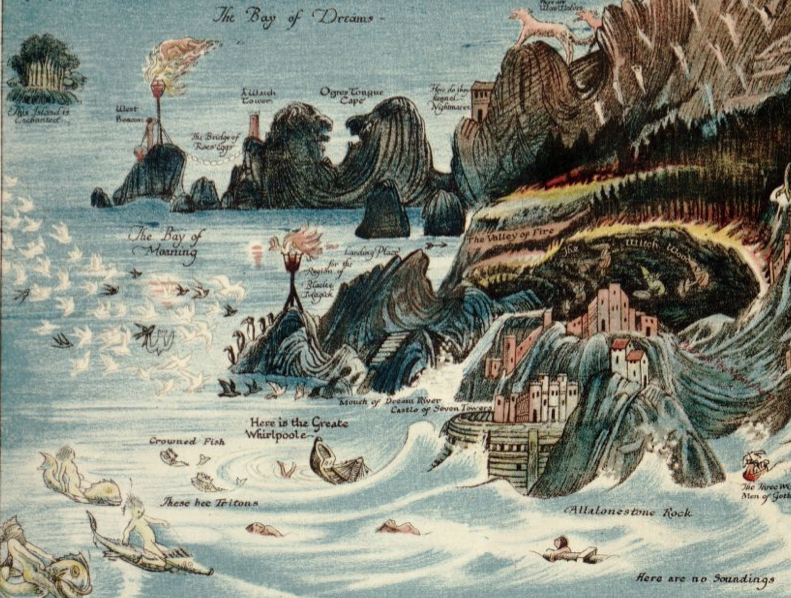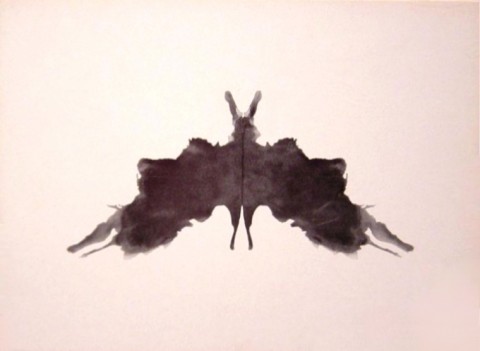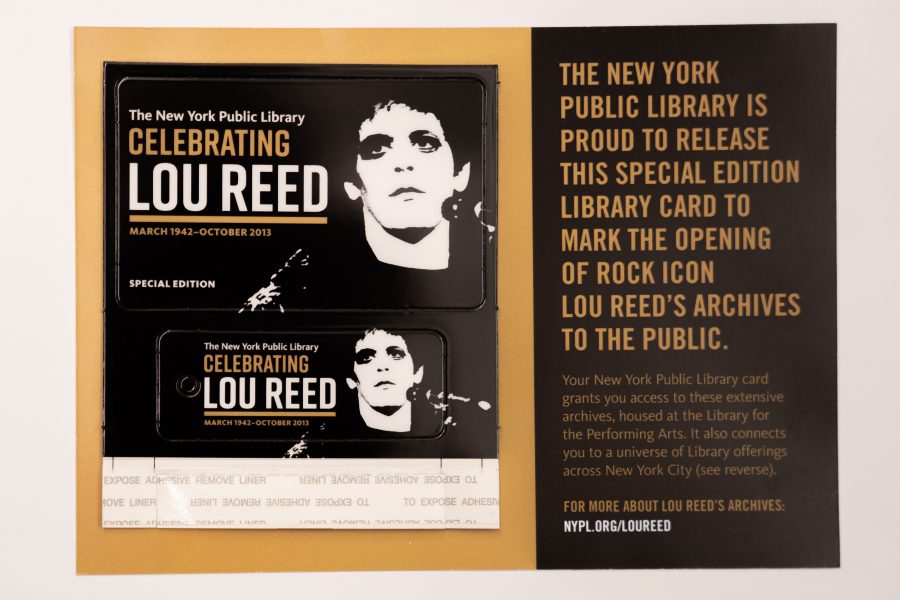How many of us became David Lynch fans while first watching one of his films? And how many of those fans also left filled with the desire to make a film themselves? Though the long-circulating term “Lynchian” puts a name to Lynch’s distinctively stimulating and disturbing cinematic style, it increasingly seems that no filmmaker, no matter how skilled, can quite pull off that style but Lynch himself. But even if you can never be the man who directed the likes of Eraserhead, Blue Velvet, and Mulholland Drive (and co-created the similarly inimitable television series Twin Peaks), you can still learn a great deal about filmmaking from him that you can’t learn from anyone else.
Now online education company MasterClass has made some of his knowledge easily accessible in the form of their new course “David Lynch Teaches Creativity and Film.” In Lynch’s world — unlike Hollywood in general — you can’t make a film without creativity. But of what does creativity consist? “Ideas are everything,” says Lynch in the trailer for his MasterClass above. “We’re nothing without an idea. So I go where the ideas lead.” He has long liked to make an analogy with fishing: you put a piece of bait on a hook, cast your line out into the world, and wait for an idea to bite. Different idea-fishing methods work for different people, and Lynch has spoken of his success with drinking a milkshake at Bob’s Big Boy every day for seven years, and even more so with decade after decade of twice-daily meditation.
However you fish for ideas, “you don’t know when they’re going to come or what will trigger them. Lo and behold, on a lucky day, bingo, you’ll catch an idea, and… party time.” Lynch also drops an unexpectedly practical piece of advice to do with all this in the trailer: “If you want to make a feature-length film, all you need to do is get 70 ideas.” Then you take those 70 ideas, write them on cards, and put the cards in order — and not necessarily in a narratively conventional order. “In cinema, I don’t like rules,” Lynch says, a statement that will surprise neither his boosters nor his detractors. He covers that territory in the eleventh lesson of his MasterClass, which explains the difference between “restrictions that stifle creativity from those that actually help you to think outside the box.” Other lessons get into “how to approach a blank page,” “how to identify and recognize the right performer for a part,” and “how David handles the pressures of the set while protecting a creative space for the cast and crew.”
A final “bonus chapter” offers Lynch’s views on transcendental meditation, a practice that has taught him “to approach life and work with deeper awareness” and “enjoy the ‘doing’ of almost any activity.” That sets “David Lynch Teaches Creativity and Film” apart from the other filmmaking courses Masterclass offers, taught by such an intellectually and aesthetically varied set of luminaries as Martin Scorsese, Ken Burns, Jodie Foster, Spike Lee, and Werner Herzog. You can take all of those, and any other Masterclass besides, with the site’s “all-access pass,” or just this one course for $90. And even if you don’t, you’d do pretty well to take with you into your filmmaking career the words by which Lynch himself has clearly lived: “Never give up final cut and total creative freedom.” For a complete list of Masterclass courses, click here.
FYI: If you sign up for a MasterClass course by clicking on the affiliate links in this post, Open Culture will receive a small fee that helps support our operation.
Related Content:
An Animated David Lynch Explains Where He Gets His Ideas
The Surreal Filmmaking of David Lynch Explained in 9 Video Essays
David Lynch Presents the History of Surrealist Film (1987)
David Lynch Teaches Typing: A New Interactive Comedy Game
Based in Seoul, Colin Marshall writes and broadcasts on cities, language, and culture. His projects include the book The Stateless City: a Walk through 21st-Century Los Angeles and the video series The City in Cinema. Follow him on Twitter at @colinmarshall or on Facebook.

























